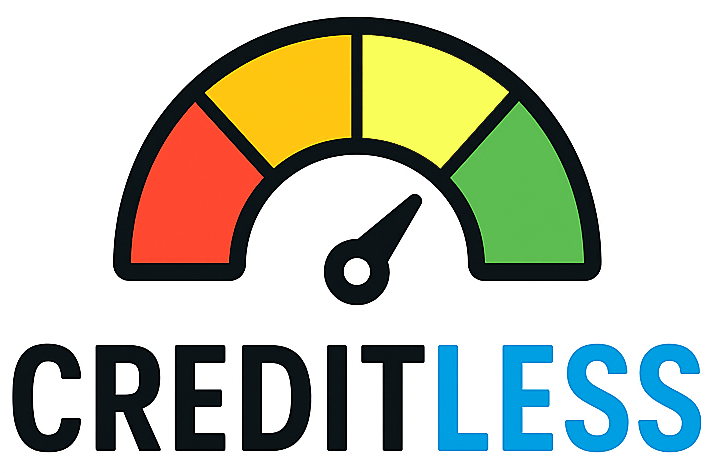Introduction — Why the choice matters
Identity theft protection comes in several forms, but two of the most commonly recommended defenses are credit freezes and credit monitoring (including fraud alerts). Choosing the right tool matters because they serve different purposes: a freeze prevents most new-credit abuse before it happens, while monitoring alerts you after suspicious changes appear on your accounts or credit files.
Below you’ll find clear, practical guidance on when to freeze, when to monitor (or place a fraud alert), and the exact steps to take if your data is exposed — including fast lift options if you need to apply for credit. Use these recommendations to match protection to your situation and minimize hassle when you need legitimate credit access.
Freeze vs. Fraud Alert vs. Monitoring — What each actually does
- Credit freeze (security freeze): Blocks most third parties from accessing your credit reports to open new accounts. It does not affect existing accounts, your credit score, or most background checks, and it remains in place until you remove it. Freezes are available at each of the three nationwide bureaus and are required to be free by federal law.
- Fraud alert: Tells lenders to take extra steps to verify identity before approving new credit. An initial fraud alert typically lasts one year (and can be renewed); if you are an identity-theft victim, you may be eligible for an extended fraud alert that lasts several years. Unlike a freeze, a fraud alert does not block access to your file.
- Credit/identity monitoring services: Commercial services (often paid) that watch for changes to your credit reports, new accounts, or public records and then alert you. Monitoring can speed detection of fraud, but it does not prevent someone from opening an account in your name — it notifies you after the fact. You can get many monitoring benefits yourself for free by checking your credit reports regularly.
Quick takeaway: If your information is already exposed (breach, stolen SSN, account takeover) or you want to block new accounts entirely, a credit freeze is the strongest protection. If you’re actively applying for credit soon or want less friction, a fraud alert or active monitoring may fit better.
How to act now — Step-by-step checklist
- Assess immediacy of risk. If your Social Security number, financial account logins, or other identifying data were in a breach or stolen, prioritize a security freeze. If you simply want regular oversight, start with monitoring and alerts.
- Place a credit freeze — contact Equifax, Experian and TransUnion separately to freeze each nationwide file. When you request a freeze online or by phone, bureaus must place it within one business day; if by mail, within three business days. You’ll receive confirmation and a PIN or password with instructions to lift the freeze.
- Place a fraud alert — contact any one of the three nationwide credit bureaus and it must notify the other two. An initial alert typically lasts about one year and you can renew it; extended alerts are available for confirmed identity-theft victims.
- Use temporary lifts smartly. If you need to apply for credit, you can lift a freeze temporarily for a specific creditor or time window; online or phone requests are typically processed quickly (often within an hour) so plan for the lender’s timing.
- Monitor existing accounts. Freeze or not, keep an eye on bank and card statements and enable transaction alerts. Request your free credit reports at AnnualCreditReport.com regularly to spot unfamiliar accounts.
- If identity theft occurs, follow the recovery plan. Report to IdentityTheft.gov for a personalized recovery plan, file a police report if needed, contact affected lenders, and consider both an extended fraud alert and a security freeze.
Which protection for which situation — Practical guidance
Place a credit freeze when:
- Your SSN or financial account data has been exposed in a breach or stolen.
- You do not plan to apply for credit in the near term (seniors, people with limited credit activity, or guardians/parents protecting children).
- You want the maximum prevention against new accounts being opened in your name.
Choose fraud alerts or monitoring when:
- You are actively applying for credit (freeze adds friction; an alert or temporary lift is simpler).
- You want oversight across many accounts and prefer alerts that notify you of suspicious changes — but understand monitoring is reactive, not preventive.
Final recommendations: If you’re unsure, a reasonable approach is to place a freeze on your files (it’s free and reversible) and keep automated monitoring on your most-used bank and card accounts. If you need new credit, temporarily lift only the bureau(s) the lender will check and re-freeze afterward. Use IdentityTheft.gov and AnnualCreditReport.com as official next steps if you suspect theft, and keep documentation of everything you do.
Need help placing a freeze or choosing monitoring that fits your budget? Tell us whether you’re planning to apply for credit in the next 90 days and we’ll recommend a tailored, low-friction plan.
